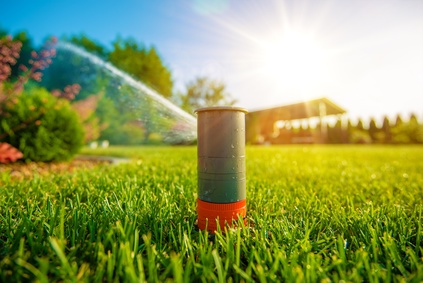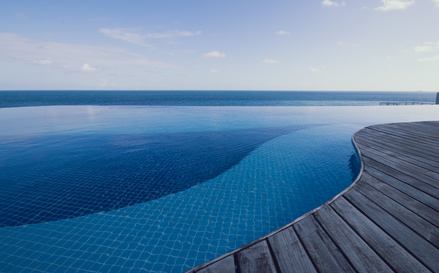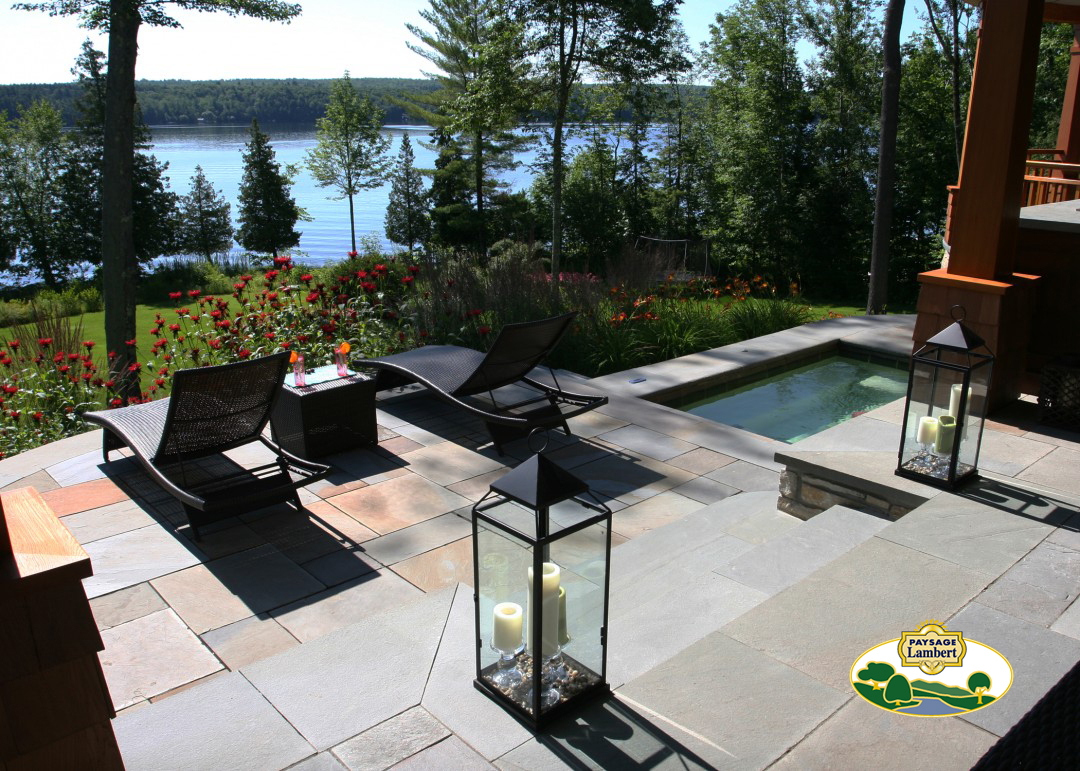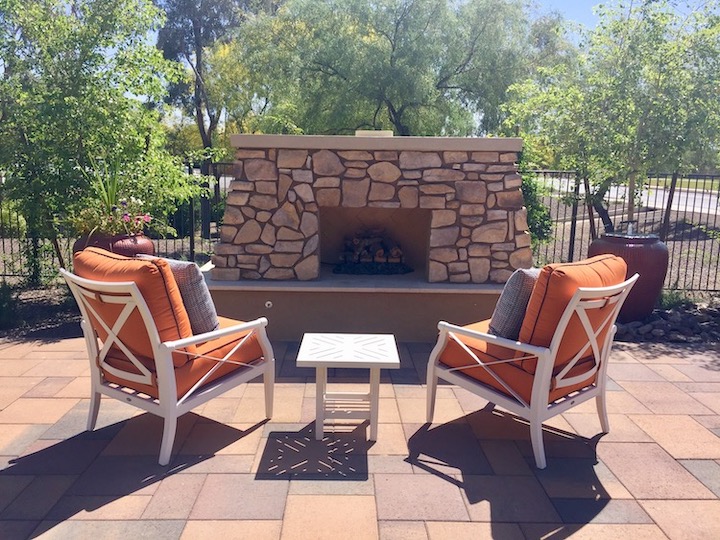When building a new site or during major construction work, the topic inevitably comes up when it comes to grass areas. Is it better to sow or to lay sod? Nowadays, another possibility is to use hydroseeding. Let’s have a look at the advantages of these three different techniques.
How do we lay sod?
The ideal time to lay sod is usually between mid-May and the end of November. If sod rolls are laid in very hot weather, be sure to water it thoroughly to prevent any kind of yellowing. Watering is the key to a good regrow of the peat. It’s necessary to irrigate for two weeks on a daily basis when it is not raining, and to moisten the peat until the underside is soaked. To lay the sod, simply level about four inches of topsoil and unroll the rolls so as to cross the joints and make sure to avoid any overlapping between rolls.
The advantages of laying sod
The main advantage of laying sod is the speed with which the land turns green. On the same day, you will see your land go from being in a state of construction to an almost finished product. Another advantage is that you can install sod rolls throughout the season if you follow the watering guidelines.
Disadvantages of laying sod
For some people, the main and major disadvantage is the price of peat installation, which is higher than any other options. Another disadvantage is that you should not walk on the surface too much once it’s installed. Of course you can walk on it to change the location of the sprinklers, but you must avoid mowing and intensive circulation for at least two weeks to prevent hollows on the surface.
How do I sow grass?
To sow grass, you must first groom the ground, as you would for laying sod, by levelling a few inches of good topsoil. The seed then needs to be spread evenly, ideally with a spreader. Finally, you should use a leaf rake to lightly mix the seeds with the topsoil.
The advantages of sowing grass
The main benefit of sowing your grass is the price. It’s the least expensive option of those listed above. It’s the ideal choice for reinforcing an existing lawn or for covering small areas that were worn out by remodelling.
Disadvantages of sowing grass
Seeds, in general, are in need of a lot of work and time. It’s highly probable that you’ll need to re-sow a few times in spots that do not grow evenly. It might take a while to get satisfactory results. Because this technique takes a long time to properly adhere, unwanted weeds may take root more quickly than grass seed. Finally, depending on the slope of your land, some areas may be more difficult to sow, mainly because of slopes that cause runoff and end up washing the seeds away.
What’s hydraulic seeding ?
Hydroseeding is a recently developed technique. It consists of spraying the field with a mixture containing the desired seeds. Several types of seed (straw, fertilizer, capsules) can be chosen to retain moisture and act as a binding agent.
The advantages of hydraulic seeding
This type of soil cover is effective enough to provide good surface coverage and generally offers good seed setting. It also germinates faster than normal seeding. Also, since the mixture is made at each sowing, it can be adjusted for each situation: slopes, droughts, etc.
Disadvantages of hydraulic seeding
The disadvantage of hydraulic seeding is that it must be applied by a professional, as it requires special equipment and knowledge of the mixtures to be seeded.
Finally, seeding sod or laying sod is not a decision to be taken without due consideration. As you’ve seen, your final choice should be based on your budget, field considerations and expected results. Of course, laying sod is only one of many steps in a complete landscaping project. To help you plan your project, download our guide to the 7 essential steps in landscaping.








